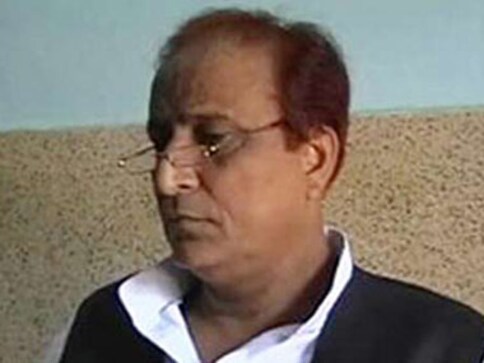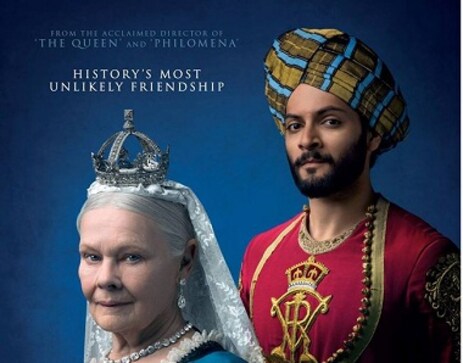Book Review | Selection Inclusion? Caricatures reveal the workings of the imperial mind
A study of prominent figures drawn by a late nineteenth-century British magazine reveals what went into choosing subjects on whom the sun would never set

Queen Victoria and her Indian servant Abdul Karim. Image courtesy Wikimedia Commons
The tastes and preferences of the British colonial establishment were mirrored in the caricatures of Asians and Africans that were published by the magazine Vanity Fair. This interesting insight comes through in the compulsively readable book Selective Inclusion? by social historian Kusum Pant Joshi, writes Jeffrey Richards.

This interesting insight comes through in the compulsively readable book Selective Inclusion? by social historian Kusum Pant Joshi, writes Jeffrey Richards.
Vanity Fair was one of the most celebrated society magazines in Victorian Britain, appearing weekly from 1868 to 1914. One of its most eagerly awaited features was its caricatures of prominent people. The South Asian Cinema Foundation had the brilliant idea of investigating the extent to which non-British celebrities were included among the magazine’s chosen subjects.
Dr Kusum Pant Joshi and her indefatigable team of researchers identified 28 Asian and African celebrities and diligently researched their biographies. When foreign sovereigns were included it tended to be because they ruled countries in which in the great game of imperial diplomacy and international power politics Britain had a particular interest. This would explain the presence of two successive Khedives of Egypt, Sultan Mulay Hasan of Morocco, Emperor Menelik II of Abyssinia, Emperor Gojong of Korea, Sultan Abu Bakar of Johore and Crown Prince Vajiravudh of Siam.
There were thirteen Indian entries. With few exceptions the Indians represented were princes or rulers who were being cultivated by the British government. They were favoured with audiences with Queen Victoria, invitations to grand royal events and stays at Buckingham Palace. Orders of knighthood and other decorations and honours were lavished on them. Many bought or rented handsome English country houses. There seems to have been a conscious attempt to incorporate them into British high society. British favour seems to have been directed to those princes who were seen to be modernising and westernising their states.
With few exceptions, the Indians represented were princes or rulers who were being cultivated by the British government.
Sporting prowess attracted admiration, transcending race. Ranjit Sinhji, the Jam of Nawanagar, became a cricketing legend and was the first non-white to play Test cricket. Sir Pratap Singh, Chief Minister of Jodhpur, was a superb polo player.
British favour seems to have been directed to those princes who were seen to be modernising and westernising their states.
This book is a tremendous achievement, opening up an invaluable insight into the mindset of the Establishment at the high noon of Empire. It is beautifully produced, handsomely illustrated and compulsively readable.
Jeffrey Richards is Emeritus Professor of Cultural History, Lancaster University.
Kusum Pant Joshi: Selective Inclusion? African & Asian Celebrities in London’s ‘Vanity Fair’ magazine (1868-1914)
Read all the Latest News, Trending News, Cricket News, Bollywood News,
India News and Entertainment News here. Follow us on Facebook, Twitter and Instagram.
also read

My buffaloes are more famous than Queen Victoria: Azam Khan
Irked at the media coverage on his stolen buffaloes and the subsequent suspension of three policemen, Uttar Pradesh Minister Mohd Azam Khan said his cattle had become more famous than Britain's Queen Victoria.

Victoria & Abdul trailer: Little known story about Queen's relationship with her closest confidant
In the Victoria & Abdul trailer, Judi Dench and Ali Fazal look promising in their roles of Queen Victoria and her servant Abdul Karim.

Ali Fazal on working with Judi Dench in Victoria & Abdul: 'I was ecstatic'
Ali Fazal told the media persons about his experience on working with Dame Judi Dench in the film Victoria & Abdul, directed by Stephen Frears.

